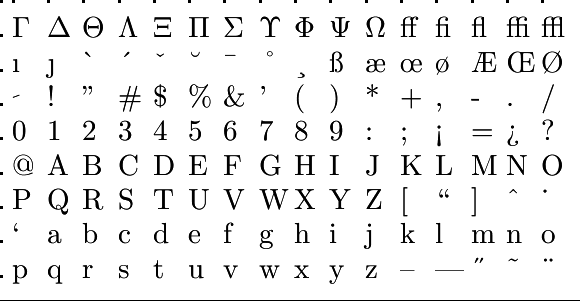In the theory Future value without additional contribution we have seen that the future value #S(n)# of an initial payment #S_0# on an account with a compound interest #p\%# after #n# time units (for example years) is equal to: \[ S(n)=S_0\cdot\left(1+i\right)^n\]
In this formula, #S_0# is the initial payment and #i# the growth rate corresponding with the interest rate #p\%#. The growth rate is calculated by dividing the interest percentage by #100#.
Next to saving money over the years without additional deposits, it's also possible to save by depositing a fixed amount each time unit (for example year or month) into an account that accrues compound interest. The following theorem shows how we can determine the future value directly after the last deposit.
If a fixed amount #T# is deposited each year in a savings account with compound interest #p\%#, then the future value #S_n# directly after the #n#-th deposit will be equal to
\[S_n=T \cdot \frac{(1+i)^n-1}{i}\]
where #i=\frac{p}{100}# is the growth rate corresponding with the yearly interest percentage #p\%#.
If we deposit #T# euro in a savings account, that amount is multiplied by the growth rate #g=i+1# each year that it sits in the savings account. The initial deposit stays in the account for #n-1# years. That amount grows to #T \cdot g^{n-1}# at the end of the term. (Since #S_n# is considered directly after the last payment, it is for #n-1# years and not #n#.) The second deposit stays #n-2# years in the account and hence grows to #T \cdot g^{n-2}# at the end of the term. We continue in this manner up to the last deposit, which remains equal to #T#, since we calculate the future value directly after that deposit.
Hence, we can write the future value after the #n#-th deposit as:
\[S_n = T \cdot g^{n-1} + T \cdot g^{n-2} + \cdots+ T \cdot g + T\]
Here we recognized a geometric sequence with #n# terms, initial term #t_1=T# and common ratio #r=g=i+1#. (You can also take #T \cdot g^{n-1}# as first term and #g^{-1}# as common ratio, but this complicates the calculation.)
We can calculate the future value with help of the sum formula #\,t_1 \cdot \frac{r^{n}-1}{r-1}# for the sum of the first #n# terms of a geometric sequence #t#:
\[\begin{array}{rcl}S_n&=&T \cdot \dfrac{(i+1)^{n}-1}{(i+1)-1}\\ &&\phantom{xx}\color{blue}{t_1=T,\ r=i+1\text{ entered}}\\ &=&T \cdot \dfrac{(1+i)^n-1}{i}\\ &&\phantom{xx}\color{blue}{\text{simplified}}\end{array}\]
The factor #\frac{(1+i)^n-1}{i}#, by which #T# must be multiplied, is indicated with #s_{\left .n\right \rceil i}#.
In the software package Excel this one is indicated with FV (Future Value) in the financial functions.
Please note: in this case we are looking at the amount directly after the last payment. Hence, the payment is at the end of the period. This is called annuity-immediate. For the calculation it does matter if the payment is done at the beginning of end of a period. We will take a look at this later. For now, we will only look at the situation in which the payment is at the end of the period.
In the theorem the payment is yearly, but the theorem also works if the payment is monthly, or any other fixed period. In that case #n# is the term in months and the yearly percentage needs to be converted to monthly percentages. To do this, take a look at the theory page Equivalent percentages.
We're often interested in the future value at the and of the last year, in stead of directly after the last payment. For that amount, the formula is \[(1+i)\cdot S_n\]
After all, in the last period only #p\%# in interest is added.
This approach is also called annuity-due and is dealt with later.
By means of some examples we'll see how this theory is used in practice.
To complement her retirement someone wants to make yearly payments of #\euro \, 3000# on a savings account with a fixed interest compensation of #1.05\%#. Calculate the balance on this account after the #25#th payment.
Give your answer with a precision of #2# decimal places.
Future value after #25#th payment: #\euro \,## 85256.66#
We calculate the future value #S_n# of a savings account with payments just after the #n#th payment with the formula: \[S_n=T \cdot \frac{(1+i)^n-1}{i}\]
where #T=3000# is the amount of the payments. The term, or the number of payments that is done, is equal to #n=25#. Finally, the growth factor is equal to #i=\frac{1.05}{100}=0.0105#.
Hence, the future value directly after the #25#th payment is (after
rounding to two decimals as usual within this course) equal to:
\[S_n=3000 \cdot \frac{(1+0.0105)^{25}-1}{0.0105}\approx 85256.66\]
 Future value of periodic payments
Future value of periodic payments




